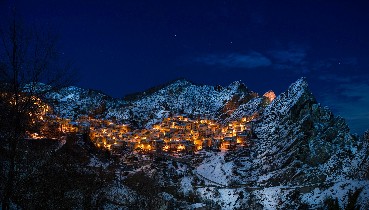

Castro de São Lourenço: 2000 Years Old Circular Houses
Castro de São Lourenço is an archaeological site in the parish of Vila Chã, municipality of Esposende in Portugal. An archaeological team under the leadership of Professor Carlos Alberto Brochado de Almeida has been excavating the area since 1985. The team divided the site into sectors based on the finds belonging to different occupation periods.

The sectors are coded as A, C, CV, D, E, N, M1, M2, and T. Sector C refers to the access route to the chapel, inhabited between the 3rd and 2nd century BC. The circular dwelling places in this sector feature white or yellow plastered walls and conical thatched roofs. Each house has a hearth at the center, next to a pole supporting the roof. Later, the clay tiles began to replace the thatched roofs due to Romanization.

The team reconstructed some of the houses in sector CV, dating from a period of change between the 1st century BC and the 1st century AD. Sector D features the Castro and a Roman wall. Meanwhile, the sectors E and A were the areas on either side of a staircase leading to the current chapel of São Lourenço. These places were no longer in use during the Roman period when the inhabitants settled on the top of the mountain to better observe the coastal region in case of an invasion.

Most of the excavations took place in sector T where ceramics of different periods and cultural contexts were found, including Greek ceramics from the 4th century BC. There were also several silver coins dating from the periods of Augustus and Tiberius. Sectors M1 and M2 located in the middle of the slope show similar findings as sector T.





Recommended Videos
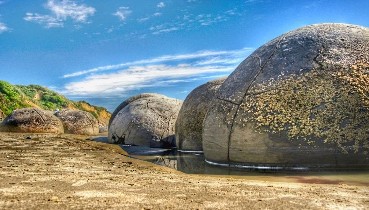 New Zealand’s Amazing Moeraki Boulders Have Grown for 60 Million Years To Look Like This68 views
New Zealand’s Amazing Moeraki Boulders Have Grown for 60 Million Years To Look Like This68 views Bird Photographer Of The Year710 views
Bird Photographer Of The Year710 views-
Advertisements
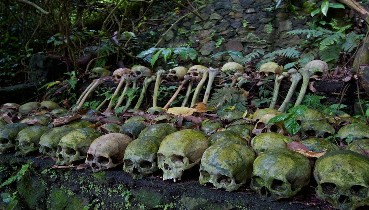 The Strange Burial Customs of Trunyan Village217 views
The Strange Burial Customs of Trunyan Village217 views The Truth Behind The Epic Photo Of A Frog Swallowing A Snake187 views
The Truth Behind The Epic Photo Of A Frog Swallowing A Snake187 views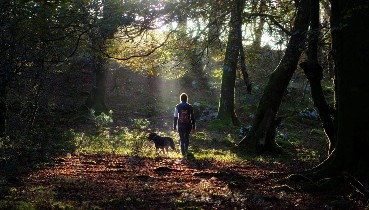 A New Study of 8,000 People Shows Being Surrounded by Nature Slows Aging on a Cellular Level57 views
A New Study of 8,000 People Shows Being Surrounded by Nature Slows Aging on a Cellular Level57 views 9 Famous YouTubers Who Were Born Rich352 views
9 Famous YouTubers Who Were Born Rich352 views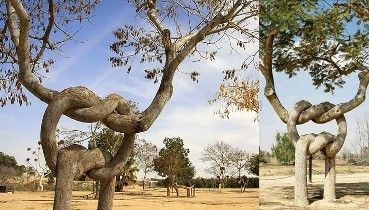 Twisted “knot” tree.319 views
Twisted “knot” tree.319 views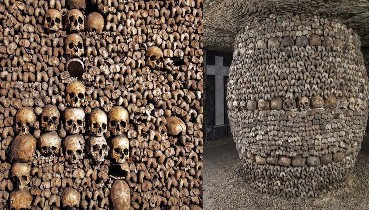 The Catacombs Of Paris: One Of The Creepiest Places To Visit5762 views
The Catacombs Of Paris: One Of The Creepiest Places To Visit5762 views


